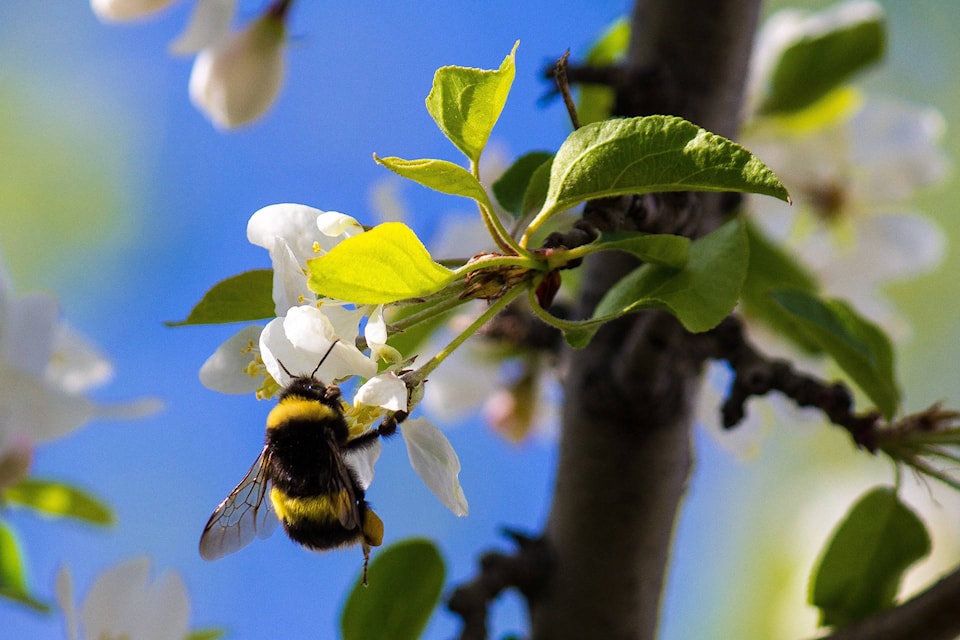By Bonnie White, member of Creston Climate Action Society
Welcome to the first official column from the Creston Climate Action Society! We are hoping to help educate, inform, and inspire you to make both large and small changes in your daily lives to help our Earth and reduce climate change. Feel free to get involved either through our Facebook page or by sending an email to crestonclimateactionsociety@gmail.com.
Educational Entertainment
I would like to begin by pointing you in a great direction to give an overview of the current state of the planet. Please take the time to watch David Attenborough’s 2020 film “A Life on Our Planet”. This 1 hour 52 minute film on Netflix is a sobering look at where we were, where we are at now, and where we could be headed, in both the positive and negative aspects. The film’s narrative follows Attenborough’s observations of how our Earth has changed in his lifetime throughout all of his travels. At the end, the best part of the film is when he inspires hope and suggests powerful strategies to combat climate change.
Here are a few of David Attenborough’s suggestions for change:
• Restore biodiversity with plants, animals, insects, fish
• Switch to renewable energy such as solar, wind, water, and geothermal
• Stop deforestation
• Change our diet by reducing or eliminating meat, in favour of more plant-based eating
• Stabilize the growing human population to stay in balance with Earth’s natural resources
Happy watching and may it inspire YOU to make a difference today!
Protect Our Pollinators
With gardening season being in full swing, this is a great time of year to add plants to your garden to benefit our planet’s underappreciated labourers: pollinators! Did you know that pollinators (such as bees, butterflies, moths, flies, beetles, and wasps) contribute to the production of approximately 33 per cent of our food?
The largest threat to our pollinators is loss or change of habitat. So, we can help them out by recreating a nutritious environment in our own backyards. The best plants for pollinators are those that are native to the Kootenays, such as goldenrod, milkweed, pearly everlasting, aster, bush cranberry, wild rose, saskatoon berry, chokecherry, yarrow, and echinacea. Non-native plants are like “fast food” for insects, just a quick fix to keep them going. So, a more sustainable and healthy way to help them is to grow plants naturally local to our area. Also, try to not be so quick to tidy up your garden. Leaves, stems, and mulch left on the ground provide essential habitats for insects and also adds organic matter to the soil to feed your plants naturally.
Head down to your local garden centres, like Morris Flowers Garden Centre, to find native plant choices to help pollinators. You can also get involved with local native plant groups like the Kootenay Native Plant Society at kootenaynativeplants.ca. Another option is to check out our local community garden or the Erickson Elementary’s garden as the season progresses. Have fun and thanks for reading!
